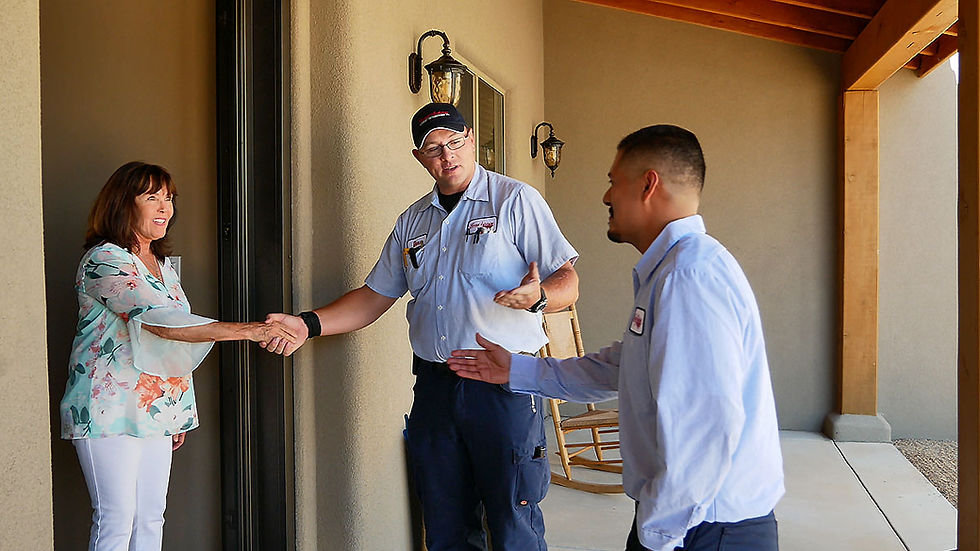Why You Need an Expert to Check Your Furnace
- Forrest Anderson
- Oct 4, 2021
- 3 min read
Winter is right around the corner. Temperatures are dropping and the time to prepare for the cooler season has almost come and gone.
Now is when you need to do all the pre winter checks:
Check your attic for adequate insulation.
Check the seals on all of your windows and doors to make sure the warm air inside of your house isn’t leaking out and the cold air from outside isn’t coming in.
Schedule a routine maintenance inspection of your furnace before you need to depend on it working day in and day out all winter long.

Have Your Furnace Inspected Annually
It’s very important to have your furnace scheduled for routine inspections annually.
Studies show that a well-maintained furnace will last up to twice as long as an unmaintained furnace. Keeping it in good working order will allow it operate more efficiently. It’s safer too.
A well-maintained furnace can protect your family from dangerous gasses like carbon monoxide.
A well-maintained furnace will work more reliably and is less likely to leave you in an emergency situation without heat and in need of costly, unscheduled repairs.
You might think the warranty on your furnace will cover all breakdown and repair costs, but it’s very likely that any warranty claims will need to include a history of routine maintenance on your furnace.
Five Most Important Components of Your Furnace
Here are some of the most common areas on your furnace a professional will need to check while performing a routine scheduled inspection:
The hi-limit switch: This is one of the most important safety features protecting the life of your furnace. The hi-limit switch monitors the airflow moving through your furnace and detects if there is a clog in the system. It will automatically shut down your furnace so that it isn’t able to burn itself out. It turns on the fan to prevent the furnace from overheating
The flame sensor: The job of this component is to identify or detect any signs of a flame or fire within the furnace and activate the fire-suppression system. The flame sensor is something you do not want malfunctioning, and it should be something checked regularly before using your furnace. It makes sure the flame is still burning. If it’s not, it can cause a build-up of gas, risking an explosion.
The heat exchanger: This is probably the most important part of your furnace. The heat exchanger is what actually creates the hot air that then blows into your home. This should be inspected for any cracks or holes. A cracked heat exchanger is quite dangerous to you and your family. Cracks allows dangerous gasses, including carbon monoxide, to enter your home. This odorless gas is known as “the silent killer” for good reason, so you definitely want to protect yourself from it.
Combustion fan motor: Its job is to discharge the carbon monoxide to the outside of the house. It protects the heat exchanger from overheating and cracking. Cracks in the heat exchanger can result in carbon monoxide build-up.
The igniter: This is exactly what it sounds like: it starts your heating system or furnace. Igniters can break over time or may not be getting power, causing no heat.
Contact Forrest Anderson for a Routine Inspection
We highly recommend that you have your furnace routinely inspected and each year.
Contact the professionals at Forrest Anderson to schedule this important inspection in the fall months and then again in the spring. Proper preventative maintenance more than pays for itself.
Contact Forrest Anderson Today!





Having an expert check your furnace ensures safety and efficiency, preventing costly breakdowns. For businesses looking to optimize their online presence, Web Hosting eCommerce can help you find the best eCommerce hosting solutions to keep your website running smoothly.